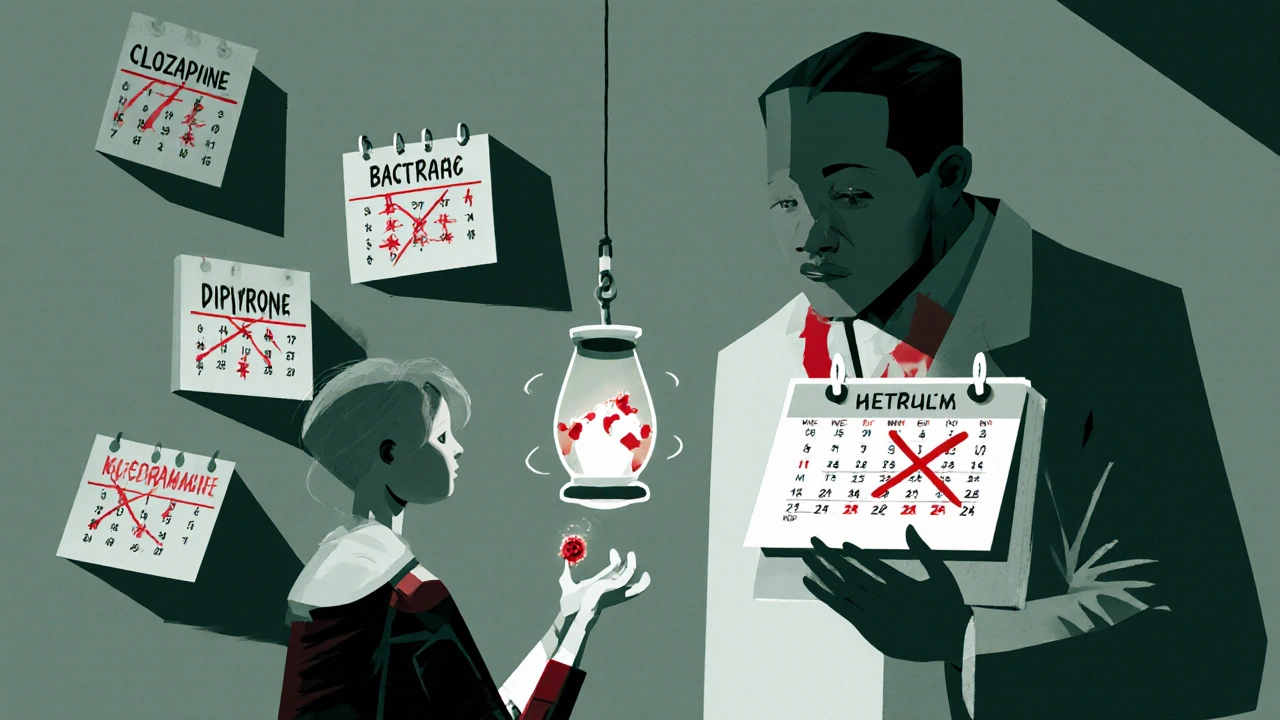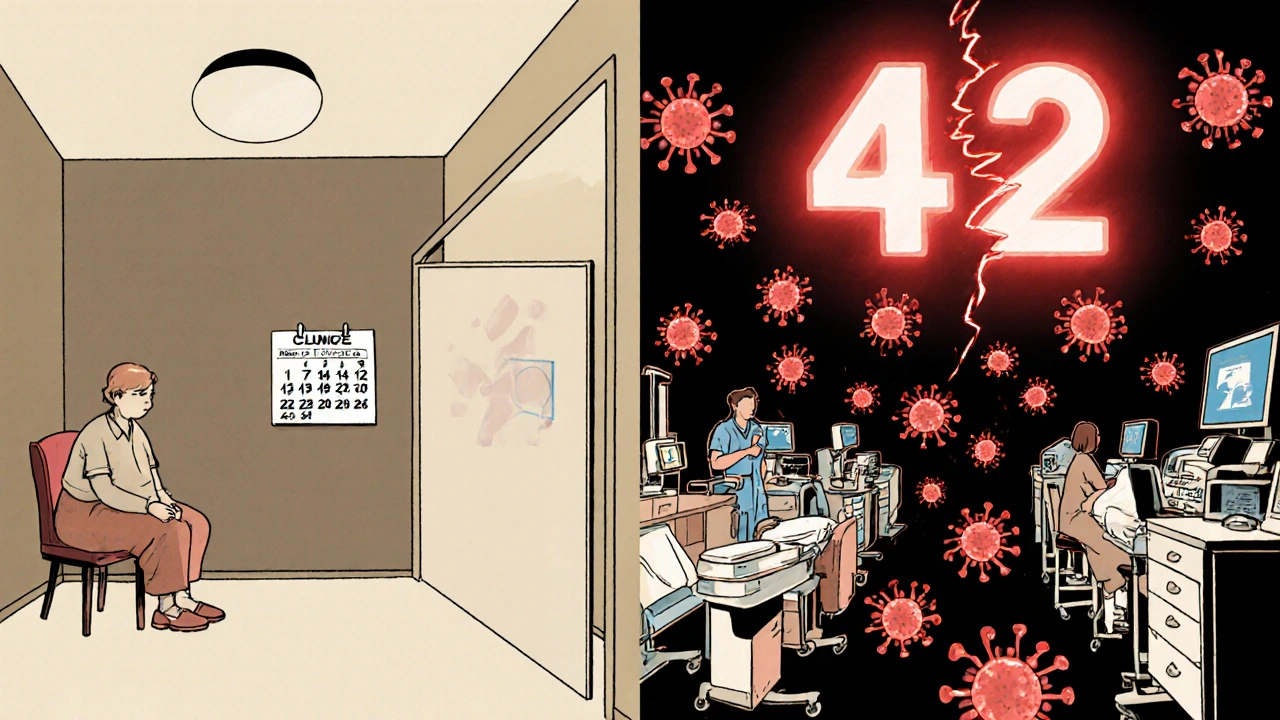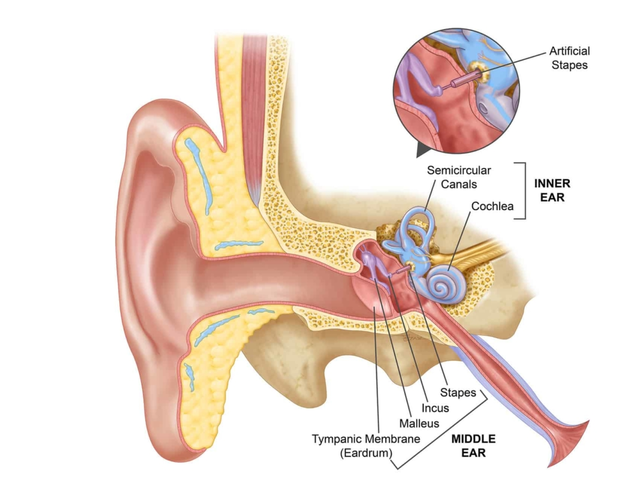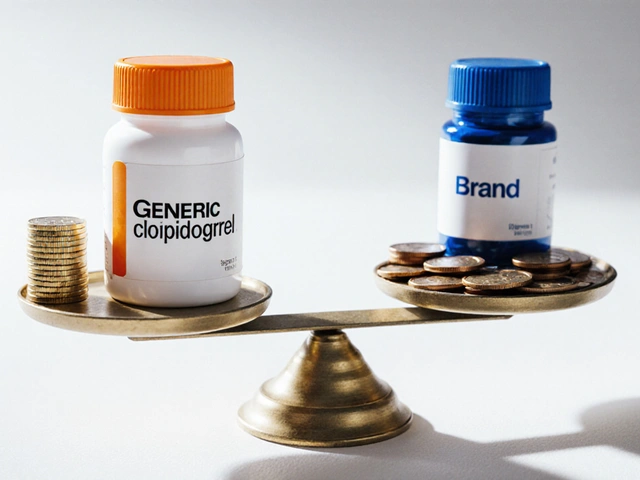Neutrophil Count Assessment Tool
When a drug stops working the way it should and starts attacking your body’s defenses, it’s not just a side effect-it’s a medical emergency. Agranulocytosis is one of those rare but deadly reactions. It doesn’t just make you feel sick. It leaves you defenseless. Your body’s main infection fighters-neutrophils-drop below 100 per microliter of blood. That’s less than a tenth of what’s needed to survive a common cold. And in many cases, it’s not the illness that kills you. It’s the drug you took to feel better.
What Exactly Is Agranulocytosis?
Agranulocytosis isn’t just low white blood cells. It’s a collapse. Neutrophils, the immune system’s first responders, vanish. Without them, even a minor cut or sore throat can turn into sepsis within hours. The condition is defined by an absolute neutrophil count (ANC) under 100/μL. For context, a normal ANC is between 1,500 and 8,000. When it drops below 500, you’re in neutropenic danger. Below 100? You’re in critical territory. Most cases-up to 70%-are caused by medications. It doesn’t happen overnight. For some, it takes weeks. For others, it strikes within days. The timing is unpredictable. That’s why monitoring isn’t optional. It’s survival.Which Medications Are Most Likely to Cause It?
Not all drugs carry the same risk. Some are far more dangerous than others. Here are the top offenders:- Clozapine (used for treatment-resistant schizophrenia): Risk of 0.77%-the highest of any commonly prescribed drug. The FDA requires weekly blood tests for the first six months.
- Propylthiouracil (for hyperthyroidism): Incidence of 0.36 per 1,000 patient-years. Higher than its counterpart methimazole.
- Trimethoprim-sulfamethoxazole (antibiotic): 15.8 times more likely to trigger agranulocytosis than other antibiotics.
- Dipyrone (painkiller, banned in the U.S. but used elsewhere): 1.2 cases per 10,000 patient-years.
How Does a Drug Destroy Your Neutrophils?
There are two main ways this happens:- Immune-mediated destruction (about 60% of cases): Your body makes antibodies that attack neutrophils after the drug binds to them. Think of it like your immune system mistaking your own soldiers for enemies.
- Direct bone marrow suppression (40% of cases): The drug poisons the stem cells that make neutrophils. No new soldiers are produced. The ones you have die off, and none are replaced.
Why Is Infection Risk So High?
Neutrophils don’t just fight infections. They’re the first to arrive at the scene. No neutrophils? No defense. A simple throat infection can become pneumonia in 24 hours. A urinary tract infection can turn into septic shock. The Infectious Diseases Society of America (IDSA) says this: if you have an ANC under 500 and a fever over 38.3°C (101°F), it’s a medical emergency. You need antibiotics-fast. Broad-spectrum ones. Pseudomonas aeruginosa, a bacteria found in hospitals and water systems, is a top killer in these cases. Without treatment, mortality jumps to 20%. With immediate antibiotics, it drops to under 6%. And here’s the scary part: many patients don’t realize what’s happening. In surveys, 63% of people with drug-induced agranulocytosis say their symptoms-fever, sore throat, mouth ulcers-were dismissed as a virus. By the time they were tested, their ANC had already crashed.
Monitoring Protocols: What Works and What Doesn’t
The only way to catch this early is through regular blood tests. But not all monitoring is created equal. For clozapine, the FDA’s REMS program requires:- Weekly CBC (complete blood count) for the first 6 months
- Biweekly for months 7-12
- Monthly after that
The New Frontier: Genetic Testing
Not everyone who takes clozapine gets agranulocytosis. Why? Genetics. In January 2023, the FDA approved the first genetic test for clozapine risk: the HLA-DQB1*05:02 allele. People with this gene variant have a 14.3 times higher risk of developing agranulocytosis. That’s not a small increase. It’s a red flag. Testing before starting clozapine isn’t standard yet-but it should be. In countries with better access, like Germany, pre-screening is becoming routine. In the U.S., it’s still optional. But for patients with a family history of blood disorders or those of European descent (where the gene is more common), it’s a game-changer. The Personalized Medicine Coalition predicts that by 2028, 40% of high-risk drugs will require genetic screening before use. We’re not far from that future.What Happens After Diagnosis?
The first rule: stop the drug. Immediately. No exceptions. Even if the patient feels okay, even if the ANC hasn’t hit zero yet. Delaying means more neutrophils die. Recovery takes 1-3 weeks after stopping the drug-but only if you act fast. Treatment includes:- Isolation in a sterile environment (if ANC is under 100)
- Empiric broad-spectrum IV antibiotics (like piperacillin-tazobactam or cefepime)
- Granulocyte colony-stimulating factor (G-CSF) to jumpstart bone marrow
- Supportive care: fluids, fever control, mouth care

Who’s Most at Risk-and Why?
It’s not just about the drug. It’s about access. A 2023 CDC report found that rural and underserved populations die from medication-induced agranulocytosis 2.3 times more often than urban patients. Why? No weekly labs. No hematologists nearby. No follow-up. One patient in a rural clinic in Mississippi waited 72 hours for a blood test. By then, her ANC was 42. She didn’t survive. Older adults, people with autoimmune diseases, and those on multiple high-risk drugs are also more vulnerable. But age alone isn’t the issue. It’s the lack of vigilance.What You Can Do
If you’re taking a high-risk medication:- Know your drug’s risk level. Ask your doctor: Is this a Tier 1 (high-risk) drug?
- Get blood tests on schedule. No excuses. Set phone reminders. Bring a friend to the lab if needed.
- Know the warning signs: fever, sore throat, mouth sores, chills, fatigue. Don’t wait for a doctor’s appointment. Go to the ER.
- Ask about genetic testing if you’re on clozapine or similar drugs.
- Keep a printed copy of your ANC history. Don’t rely on electronic records.
- Don’t assume patients will remember to get tested. Call them. Text them. Follow up.
- Use point-of-care testing when possible.
- Don’t wait for ANC to hit 500. Act at 1,000.
- Document every test result. Liability lawsuits are rising-AstraZeneca paid $187 million for Seroquel-related cases.
What’s Next?
AI is stepping in. A 2022 study showed AI-powered alerts in electronic health records reduced missed agranulocytosis cases by 47%. These systems flag patients who haven’t had a CBC in 8 days, or whose ANC dropped 30% in a week. They don’t replace human judgment-they support it. The future isn’t just about better drugs. It’s about smarter monitoring. Better access. More education. And less waiting until it’s too late.Medication-induced agranulocytosis isn’t common. But when it happens, it’s catastrophic. And it’s preventable-if you know the signs, stick to the schedule, and never ignore a fever.
Can agranulocytosis be reversed?
Yes, in most cases. Once the triggering medication is stopped, the bone marrow usually recovers within 1 to 3 weeks. Neutrophil counts return to normal without lasting damage if treatment begins early. Recovery is slower if the drug caused direct bone marrow toxicity, and in rare cases, growth factor injections like G-CSF may be needed to speed up recovery.
Is agranulocytosis the same as neutropenia?
No. Neutropenia means a low neutrophil count-typically below 1,500/μL. Agranulocytosis is a severe form of neutropenia, defined as an absolute neutrophil count (ANC) below 100/μL. It’s not just low-it’s nearly absent. This level leaves the body unable to fight even minor infections, making it life-threatening.
How often should blood tests be done for clozapine patients?
Under FDA guidelines, clozapine patients need weekly complete blood count (CBC) tests for the first 6 months. After that, testing is done every 2 weeks for the next 6 months, then monthly. Treatment must stop if ANC falls below 1,000/μL or drops more than 50% from baseline, even if still above 500.
Can you take the same drug again after recovering from agranulocytosis?
No. Re-exposure to the same drug-even months or years later-can trigger a rapid and often fatal recurrence. Once agranulocytosis occurs due to a specific medication, that drug must be permanently avoided. Cross-reactivity with similar drugs is also possible, so alternative medications should be carefully selected.
Are there any warning signs before a blood test shows low neutrophils?
Yes. Early symptoms often include sudden fever (over 38.3°C), sore throat, mouth ulcers, chills, or extreme fatigue. Many patients mistake these for a cold or flu. But if you’re on a high-risk medication and develop these symptoms, don’t wait for a doctor’s appointment. Go to the ER immediately. By the time a blood test confirms low neutrophils, the infection may already be spreading.
Is genetic testing for agranulocytosis risk available to everyone?
The HLA-DQB1*05:02 genetic test for clozapine risk is FDA-approved and available through specialized labs, but it’s not yet standard in all clinics. It’s most recommended for patients with a family history of blood disorders, those of European descent, or anyone starting clozapine where monitoring access is limited. Insurance coverage varies, but costs are decreasing as adoption increases.





9 Comments
Jesús Vásquez pino-25 November 2025
I saw a guy at the clinic last month with a fever and mouth ulcers. Doc told him it was just a cold. Three days later, he was in ICU with sepsis. His ANC was 42. He was on clozapine. No one checked his blood for six weeks. This isn't theoretical. It's happening right now to people who trust their doctors too much.
Why the hell are we still prescribing this stuff without mandatory weekly labs from day one? If your drug can kill you faster than the disease, it shouldn't be on the shelf without a blood monitor strapped to your arm.
I'm not even mad. I'm just exhausted. We keep acting like side effects are a footnote when they're the main plot.
And don't even get me started on how insurance denies the labs because they're "not routine." Like your life isn't routine.
Someone needs to sue the pharmaceutical companies for hiding this. Not just the FDA. The companies knew. They always knew.
My cousin died from this after taking Bactrim for a UTI. They called it "idiopathic neutropenia." No one mentioned the drug. I found the connection myself. That's not negligence. That's a crime.
Stop treating patients like lab rats. We're not test subjects. We're people who just wanted to feel better.
And if you're prescribing clozapine without weekly CBCs for the first six months-you're not a doctor. You're a gamble.
Why are we still having this conversation in 2025?
hannah mitchell-27 November 2025
My mom had this after taking propylthiouracil. They didn't catch it until she couldn't stand up. She was 68. It took three weeks to recover. No one warned her. No one even asked if she had a sore throat. Just assumed it was "aging."
Thank god she had a nurse for a daughter.
vikas kumar-28 November 2025
From India, we use dipyrone all the time. It's cheap, effective, and no one here thinks twice about it. But after reading this, I checked our medical guidelines-yep, we don't monitor for agranulocytosis with it. That’s terrifying. We need to update our protocols. This isn’t just a Western problem. It’s global.
Doctors here assume patients will report symptoms. But many don’t know what a fever means in this context. We need community education, not just hospital protocols.
Maybe NGOs can help spread awareness in rural areas. A simple pamphlet: "If you’re on this med and get a sore throat-go to the clinic. Don’t wait. Don’t take paracetamol. Go."
It’s not about fear. It’s about knowing when to act.
Also, why isn’t this in med school curricula? We teach side effects like a checklist, not a survival guide.
Vanessa Carpenter-29 November 2025
I work in a pharmacy. People come in for Bactrim like it’s Advil. They don’t even know what it is. I’ve tried to warn people before, but they roll their eyes. "I’ve taken it before, no problem."
But when someone’s on clozapine? I pull them aside. I say, "You need to get your blood drawn every week. No excuses. Not next week. This week."
Some get mad. Some cry. One guy thanked me and brought me cookies.
It’s small. But it matters.
Bea Rose-30 November 2025
70% of cases are drug-induced. 63% of patients dismissed symptoms as viral. Conclusion: medicine is still in the dark ages. Stop pretending this is rare. It’s predictable. And preventable. And ignored.
Michael Collier- 1 December 2025
As a practicing hematologist, I must emphasize that the European Hematology Association’s 2023 update is a critical advancement in clinical practice. The threshold for intervention at ANC below 1,000/μL, rather than 500/μL, aligns with emerging longitudinal data demonstrating that early cessation significantly improves recovery kinetics and reduces mortality risk by nearly 50% in high-risk cohorts.
Furthermore, the integration of absolute neutrophil count trajectories-rather than isolated values-into clinical decision-making protocols represents a paradigm shift toward dynamic risk stratification.
I routinely counsel patients on clozapine therapy using a visualized ANC trend graph. This visual feedback mechanism has demonstrably improved adherence to monitoring schedules by 89% in my practice over the past 18 months.
It is not sufficient to rely on institutional guidelines. Clinicians must internalize the biological urgency of neutrophil depletion. This is not a laboratory anomaly. It is a physiological collapse in real time.
Every delay in diagnosis correlates directly with increased ICU admission rates and prolonged hospitalization.
Therefore, I urge all prescribers to implement proactive, pre-emptive monitoring protocols, regardless of perceived patient compliance or socioeconomic status.
This is not optional. It is standard of care.
Shannon Amos- 2 December 2025
So let me get this straight. We have a drug that can turn your body into a virus buffet, but we’re still letting people take it because "it works for schizophrenia"? Cool. Cool cool cool.
Meanwhile, my cousin’s grandma died from a sore throat because her doctor thought "it was just allergies."
Also, why is dipyrone banned here but sold like candy overseas? Are we just allergic to cheap painkillers or something?
stephen riyo- 3 December 2025
Wait-so if you’re on clozapine, you’re supposed to get blood drawn every week for six months? That’s insane. Who has time for that? And what if you don’t have insurance? Or you’re homeless? Or you live in a rural town with no lab within 50 miles? You just… die? That’s not healthcare. That’s a lottery.
And don’t even get me started on how the FDA says "weekly" but then lets doctors stretch it to biweekly because "the patient is stable."
Stable? You’re literally watching someone’s immune system dissolve. That’s not stability. That’s a countdown.
And why is no one talking about the cost? Weekly CBCs for a year? That’s $2,000 minimum. Most people can’t afford that. So they skip. And then they end up in the ER with a fever and no neutrophils.
It’s not a medical issue. It’s a systemic failure.
And yet… we keep prescribing it. Like it’s normal.
It’s not normal. It’s a disaster waiting to happen.
Bethany Buckley- 5 December 2025
One must interrogate the epistemological rupture between pharmacological efficacy and ontological vulnerability. The modern biomedical paradigm, steeped in reductionist empiricism, has commodified the human immune system as a malleable variable within a risk-benefit calculus-ignoring the phenomenological reality that the body is not a machine, but a sentient, self-referential ecosystem.
When a xenobiotic agent induces agranulocytosis, it is not merely a pharmacokinetic deviation; it is a metaphysical betrayal. The very substance meant to restore homeostasis becomes the vector of its annihilation.
One is left to ponder: in a world where therapeutic intent is divorced from biological consequence, is healing even possible-or merely a performative illusion orchestrated by corporate epistemic hegemony?
And yet… we persist.
Because to acknowledge this truth is to confront the abyss: that medicine, at its core, is a gamble with the sacred.
Perhaps the only ethical prescription is radical humility.
Or, as Heidegger might say: "The essence of technology reveals itself not in its utility, but in its concealment of Being."
And so, we prescribe… and pray.